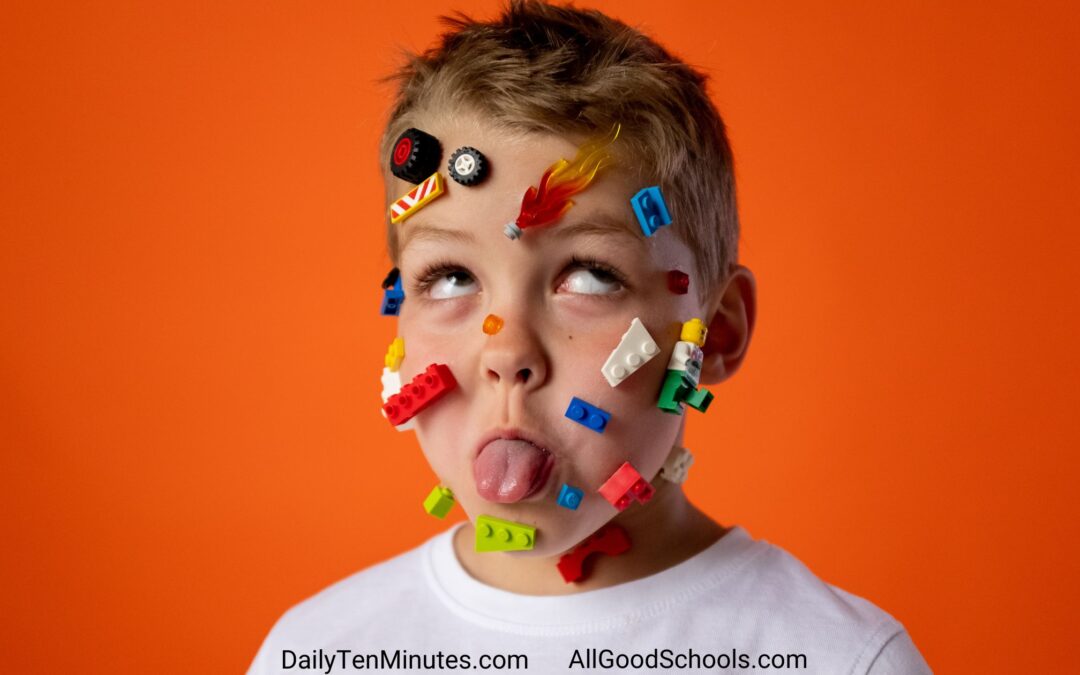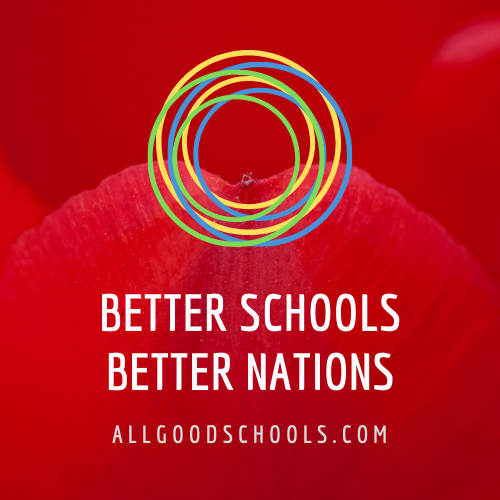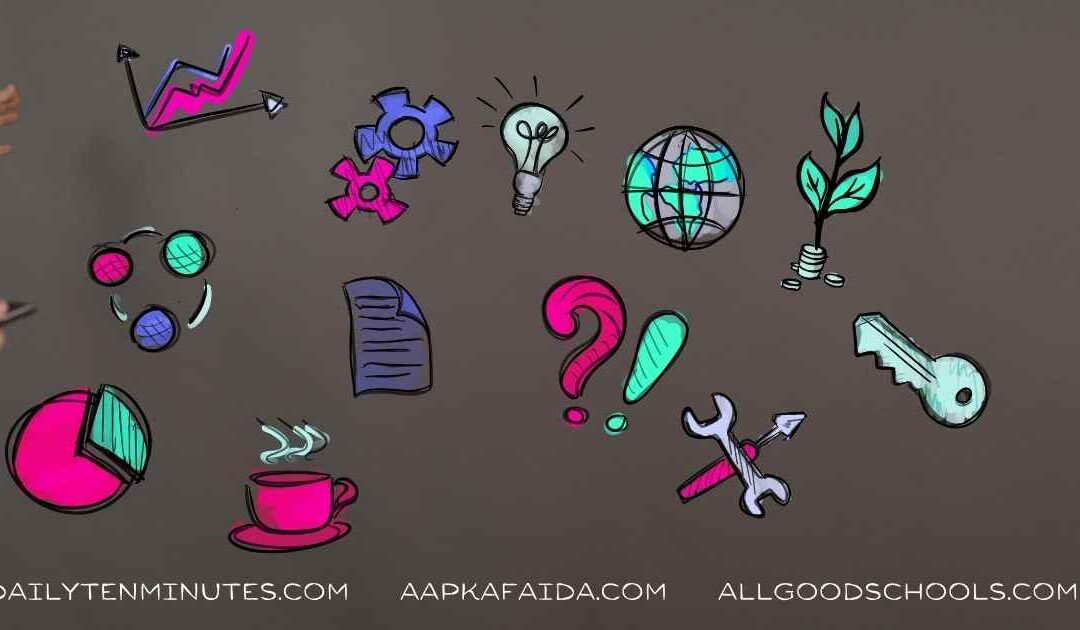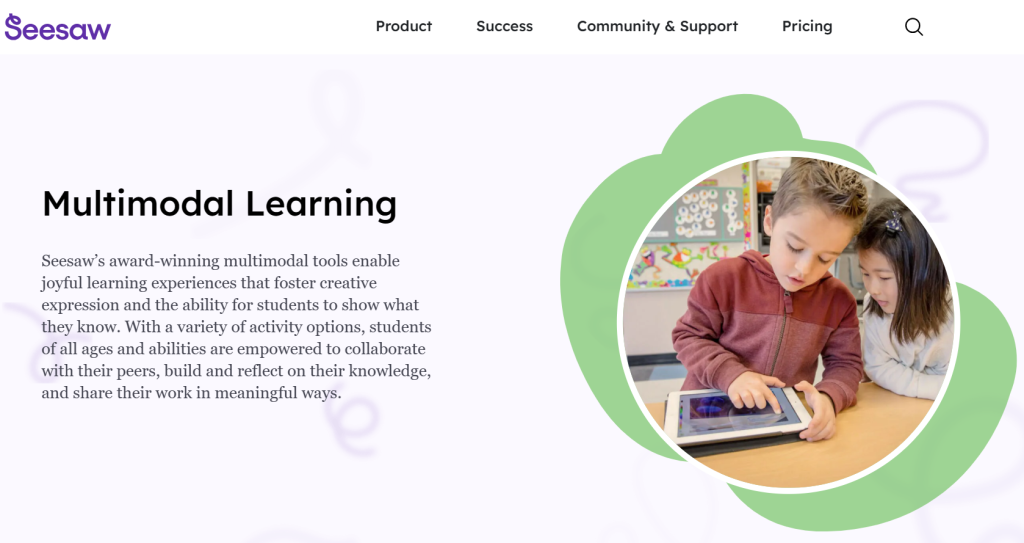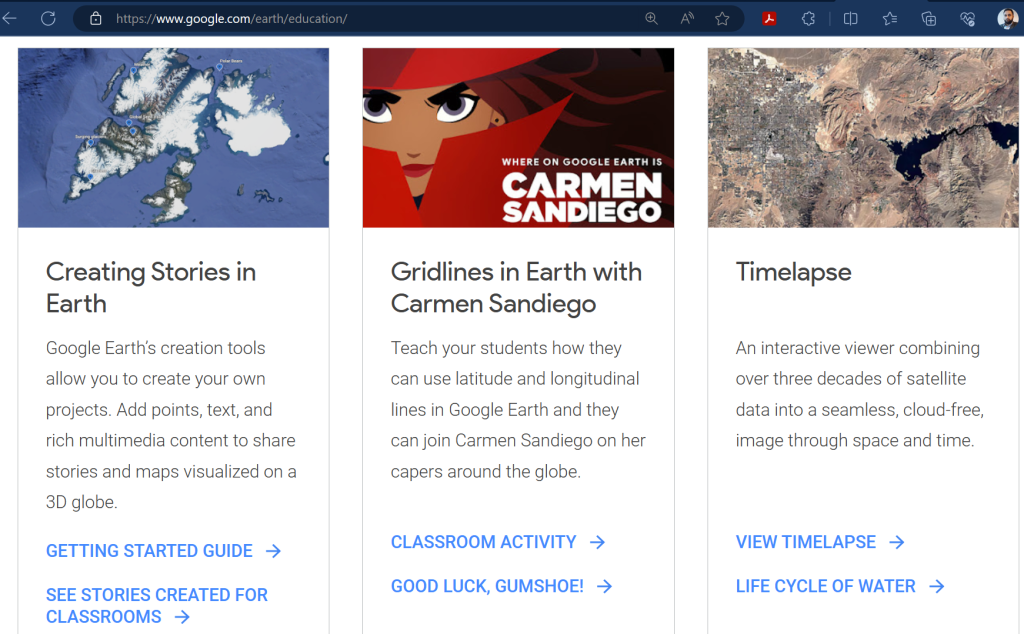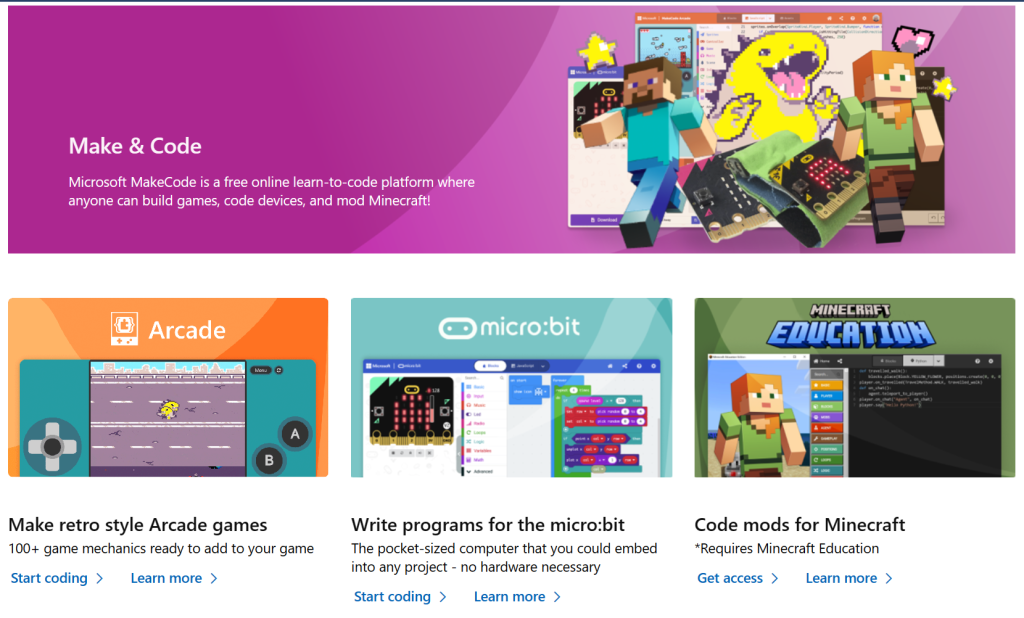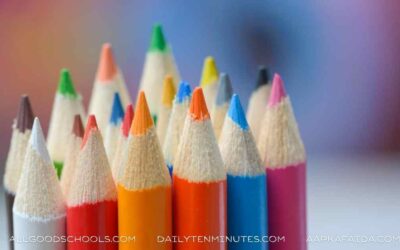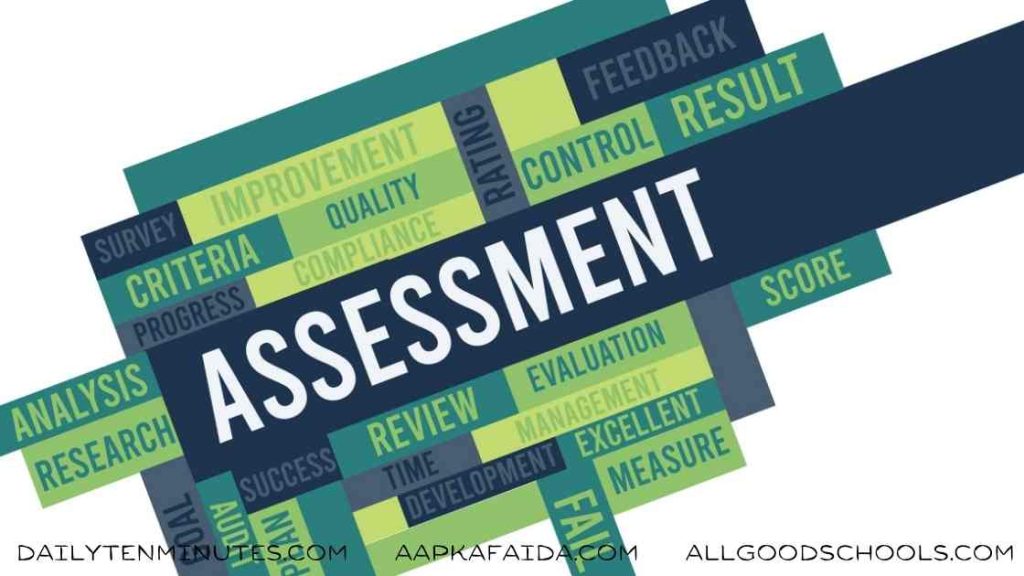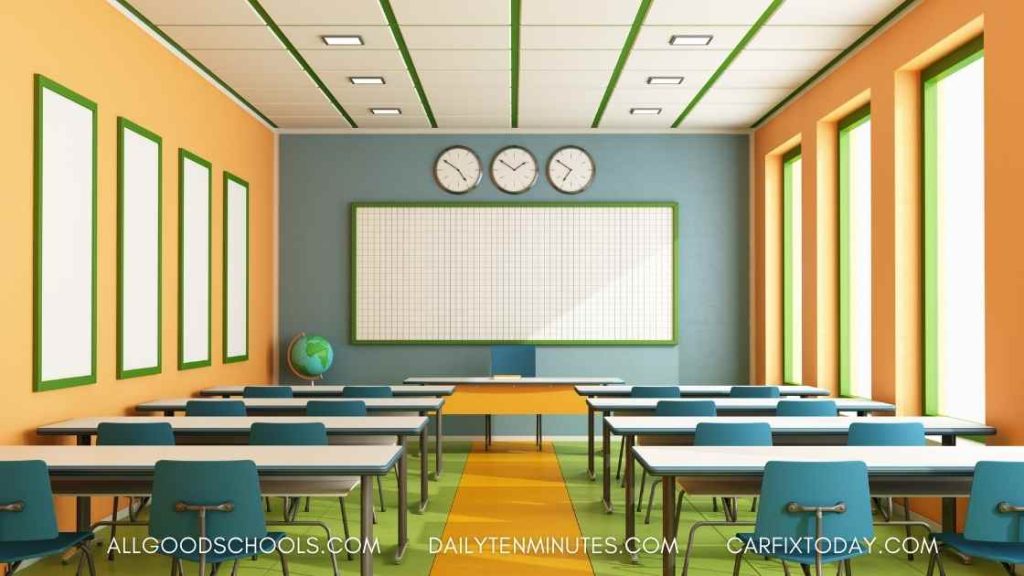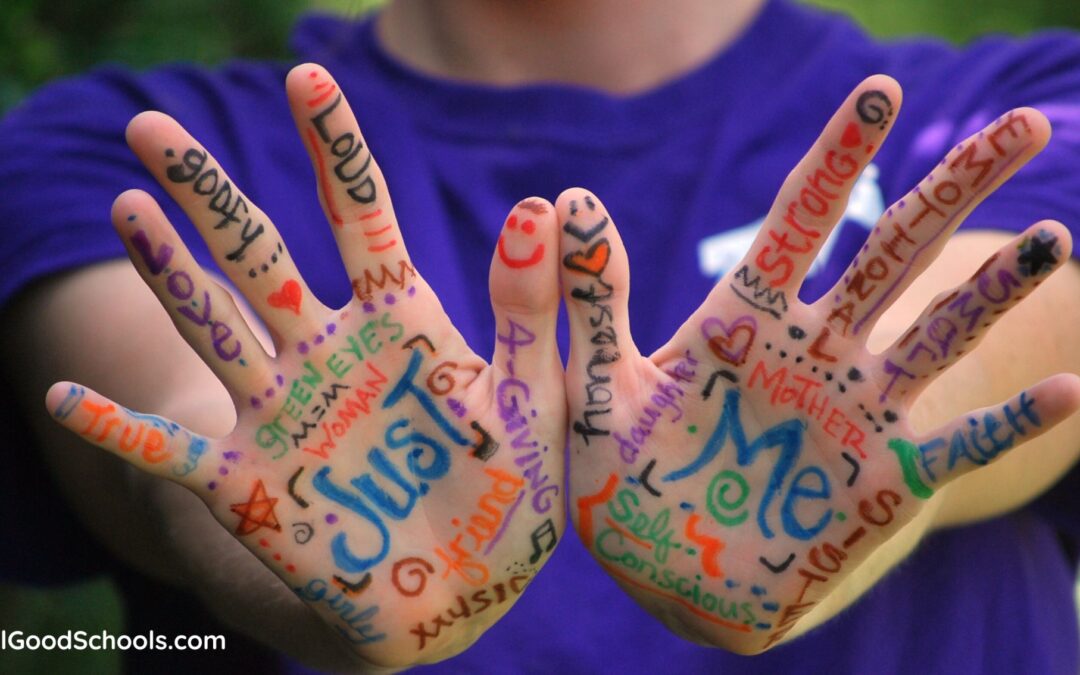Benefits of Implementing a School Management System. Benefits of Implementing a School Management System
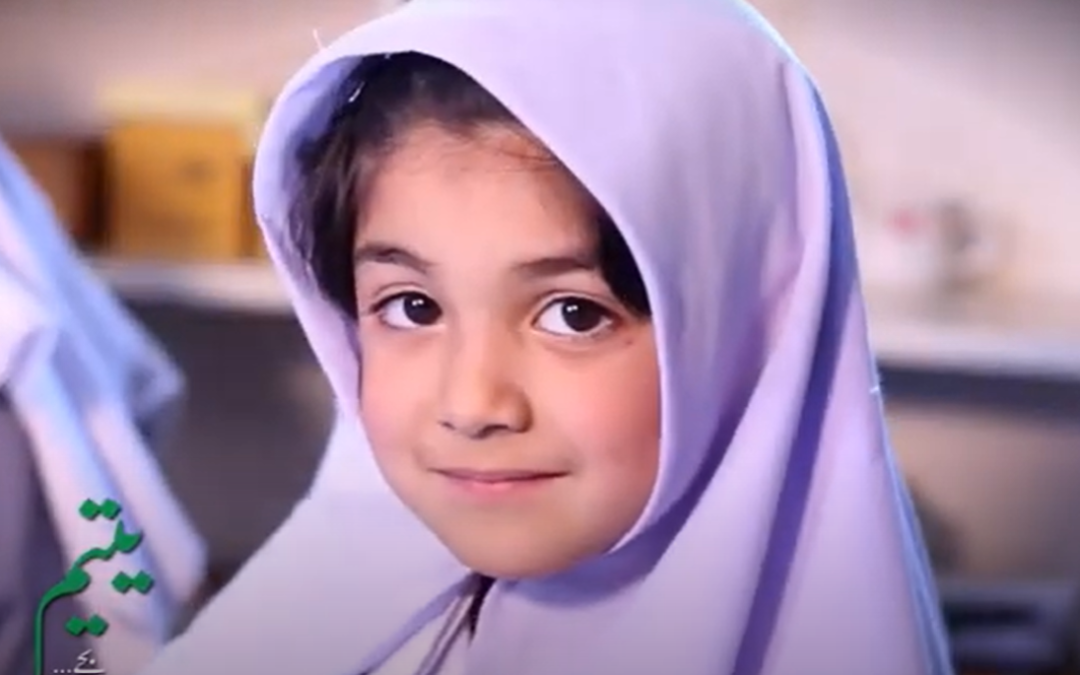
Read Foundation Pakistan – Transforming Lives Through Education
Table of Contents
Introduction
Education plays a pivotal role in transforming the lives of a nation by providing them with essential tools, skills, and opportunities for personal growth and future success. While several nations across the world have envisioned the importance of education, established thinktank groups, developed their education policies, invested in their teachers and education infrastructure, and consequently are reaping the fruit of their efforts.
In the world, where education is most vital element for the prosperity and development of a nation, Pakistan is suffering from serious education crisis. Pakistan’s literacy rate is ranked 113 in a total of 120 countries with 22.8 million out-of-school children. Under current adverse economic conditions of Pakistan, where people with average monthly income are facing utmost difficulty to make ends meet, it is impossible for the families to survive who have lost their sole bread-winner.
There are more than four million orphan children in Pakistan who have no support system and are extremely vulnerable part of society.
In such hard and challenging times, Read Foundation is on the mission to work on enhancing the quality of education and extending its reach to the under privileged areas across the nation.
READ Foundation since 1997, has been striving to mold the future of underprivileged and Orphan Children.
READ Foundation is fulfilling all the academic needs of Orphan students, enroll in their schools including tuition fee, stationary, school uniform, school bags and books.

Inspiration from Mr. Shafique Khan of READ Foundation
One of the ex-colleagues published a post from the event that was organized by Read foundation, this is how i came to know about them.
Then, through some social links I met Mr. Shafique Khan. His profound knowledge and dedication towards the objective inspired me to write this article covering the vision, mission, projects, sustainability and transparency aspects of Read Foundation. Here is what I have to say
Statistics – Facts and Figures
- The foundation has opened / operated / managed 400 Schools and colleges across Pakistan.
- 118,000+ Total students enrolled.
- 150,000+ Total students benefited.
- 23,000+ Total orphan students.
- 7,000+ Employment opportunities.
Types of Programs and Projects
- New Schools Opening in Existing Infrastructure Through Rentals
- Construction of New Schools
- School Enhancement Program
- Orphan Sponsorship Program

Sustainability Through Self-Sufficiency
Read foundation is more than an NGO as they do not believe in running the system on donations and charities only. Instead, the founders want to have a long-term sustainable growth. Hence following self-sufficiency practical approach is practiced:
- Students are financially stable, pay affordable fee
- Students belonging to lower middle-class families, get subsidized for the books, uniform and school fee.
- Poor students and orphans get fully funded educational support from the Read Foundation covering end to end expenses.
Note: Class teachers, school staff and rest of the students are unaware of student categories.
This ensures the self-respect of each child among his/her peers.
Transparency and Integrity
Mr. Shafique Khan elaborated further that in line with the foundations’ values of honesty and justice, an annual audit is performed by external auditors and is submitted to the respective authorities in Pakistan. This ensures data integrity, accuracy and transparency of the organization’s activities.
What You Can Do
I was inspired by the diligent endeavor that are being made to operate this mighty program. Whether you are from mediocre or well-off background, I appeal you to contribute to this great noble cause:
- Share this article on WhatsApp, Facebook, Instagram
- Publish this article on LinkedIn and spread awareness.
- Sponsor an orphan Kid monthly (4000 PKR)
- Donate land for school building
- Sponsor to open a school.
- Email this article to your colleagues.
- Donate a library
- Donate a computer lab
- Donate a science lab
- Support an orphan family
- Give sadqa or Zakat for orphans.
- Pray for this cause
- Open an Orphanage. How To Establish and Operate An Orphanage – 24 Critical Points Full Guide
Contact and Donate
Please contact them through any of the following mediums:
- UAN +92 (0) 51 111 323 424
- Mobile: +92-332-159-3698 , +92-314-502-5767
- WhatsApp: +92-334-927-2523
- For Information: +92 051 8482174-6
- Email: sponsor@readfoundation.org

In case you wonder how your contributions will help individual poor students and consequently our beloved country, Pakistan, please do read the remaining section.
How Successful Nations Are Transforming Lives Through Education
Here are key pillars through which education can positively impact the lives of orphaned children:
- Empowerment and Self-Reliance: Education equips orphans with knowledge and skills that empower them to become self-reliant individuals. By gaining education, they develop critical thinking, problem-solving abilities, and practical skills that are crucial for their independence and success in the future. Transforming Lives Through Education is possible when students are empowered with the knowledge and skills.
- Breaking the Cycle of Poverty: Education serves as a pathway out of poverty. By receiving an education, orphans have the opportunity to secure better employment, higher income, and improved living standards, thereby breaking the cycle of poverty that often surrounds them.
- Enhanced Social Integration: Education fosters social inclusion and integration for orphans. Attending school allows them to interact with peers, build friendships, and develop social skills, reducing feelings of isolation and promoting a sense of belonging in society.
- Improved Health and Well-being: Education contributes to better health outcomes. Orphans who receive an education are more likely to make informed decisions regarding health, hygiene, and nutrition, leading to improved overall well-being and a reduced risk of health-related issues.
- Building Confidence and Resilience: Education provides orphans with a sense of purpose and confidence. By acquiring knowledge and skills, they develop resilience, overcome challenges, and gain the confidence to pursue their aspirations despite facing adversity. Check out this article 17 Points Comprehensive Guide For Empowering Orphans For A Bright Future
- Long-term Sustainable Development: Educated orphans contribute to the long-term development of their communities and societies. They become active participants in the workforce, economy, and civic engagement, positively impacting the overall development and progress of their communities.
- Empathy and Social Responsibility: Education nurtures empathy and a sense of social responsibility in orphans. It instills values such as compassion, tolerance, and understanding, encouraging them to contribute positively to society and support others in need.
By focusing on these key pillars, education can serve as a transformative force in the lives of orphaned children, offering orphans hope, opportunities, and the tools they need to build a brighter future for themselves and their communities.
Remember the historic quote from John F. Kennedy’s “Ask not what your country can do for you – ask what you can do for your country” so lets join hands to empower our youth with the best of quality education and transform their lives. This is our social, moral, ethical, national and religious responsibility!
Disclaimer: I have no personal or professional affiliation with the Read Foundation, nor i have been paid by anyone to write this article. I am a Pakistani who cares about uplifting the life a common man through quality education and this is why I have created this website and written this article. If you have any questions about the foundation, please reach out to them directly and enable them to continue serving the country. May Allah be pleased with you. Ameen.

10 Surprising Benefits of Implementing a School Management System

How Digitization and Technology are Shaping Education System in India
Digital Transformation is one of the prime goals of the Current Incumbent Government of India. How Digitization and Technology are Shaping Education System in India

10 Big Reasons why Indian Students Choose to Study Abroad
Indian Students choose to study abroad because it offers them a high paid job, a secure future, & quality lifestyle. It caters to their overall development. 10 Big Reasons why Indian Students Choose to Study Abroad

How Technology and the Internet Affect Children’s Development
How Technology and the Internet Affect Children’s Development. Article covers benefits, drawbacks and recommendations on this subject.

What Expectations Do You Have From The School?
Everyone has different expectations from school. What Expectations Do You Have From The School?

5 Reasons Why an International School is Best For Your Kid
5 Reasons Why an International School is Best For Your Kid

What 5 Good Things You Can Do For Orphans?
5 Good Things you can do for orphans. Orphans need food, clothes, protection, education, love, shelter. They deserve bright future, loving family, entertainment, attention, guidance, sports too.









